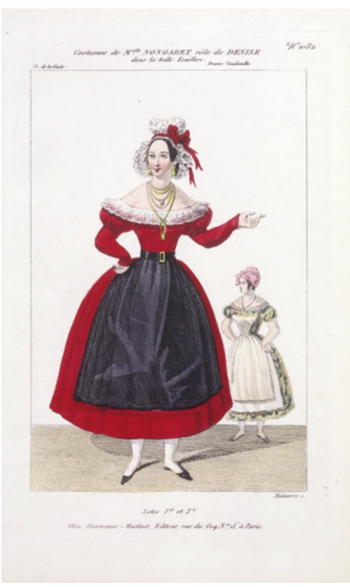Momus at the Fairs and the Early Boulevard Theatres: Parody in French Plays from the Ancien Régime to the Restoration Period
Abstract
During the 18th and 19th centuries, the heated competition between popular and “high” stages shapes the repertory of the fairs and the early boulevard theatres. According to the model of the ancien Théâtre Italien, fair theatres often parody the plays represented at the Comédie-Française and the Académie Royale de Musique. Fuzelier’s Pierrot Roland (1709) and Lesage’s Arlequin Thétis (1713) are examples, amongst others, of a satirical travesty, which is not a derisory quote, but turns out to be a dramatic renovation. The parody shows indeed experimental features, such as spectator’s involvement, stylistic and thematic mechanisms of self-reflection and “pre-stage direction” arrangements, able to inspire the 20th-century drama theory. In 1759, by which time Parisian fair-booths have started moving to the boulevards, parody still constitutes a response to marginality addressed to the authorities. Works reacting against academic erudition, the trends dictated by the newly founded theatrical reviews and even the supporters of romantic drama – hostile to hybrid dialogues, acrobatics, dances, songs and vaudevilles – include Roméo et Paquette (1772) attributed to Carrière-Doisin or Jean-Baptiste Radet; Turelure ou le Cahos perpetuel (1787) by Destival de Braban and Mayeur de St-Paul and Eugène Lauzanne's Harnali (1830).

Downloads
Pubblicato
Come citare
Fascicolo
Sezione
Licenza
Copyright (c) 2023 Elephant & Castle

TQuesto lavoro è fornito con la licenza Creative Commons Attribuzione 4.0 Internazionale.





